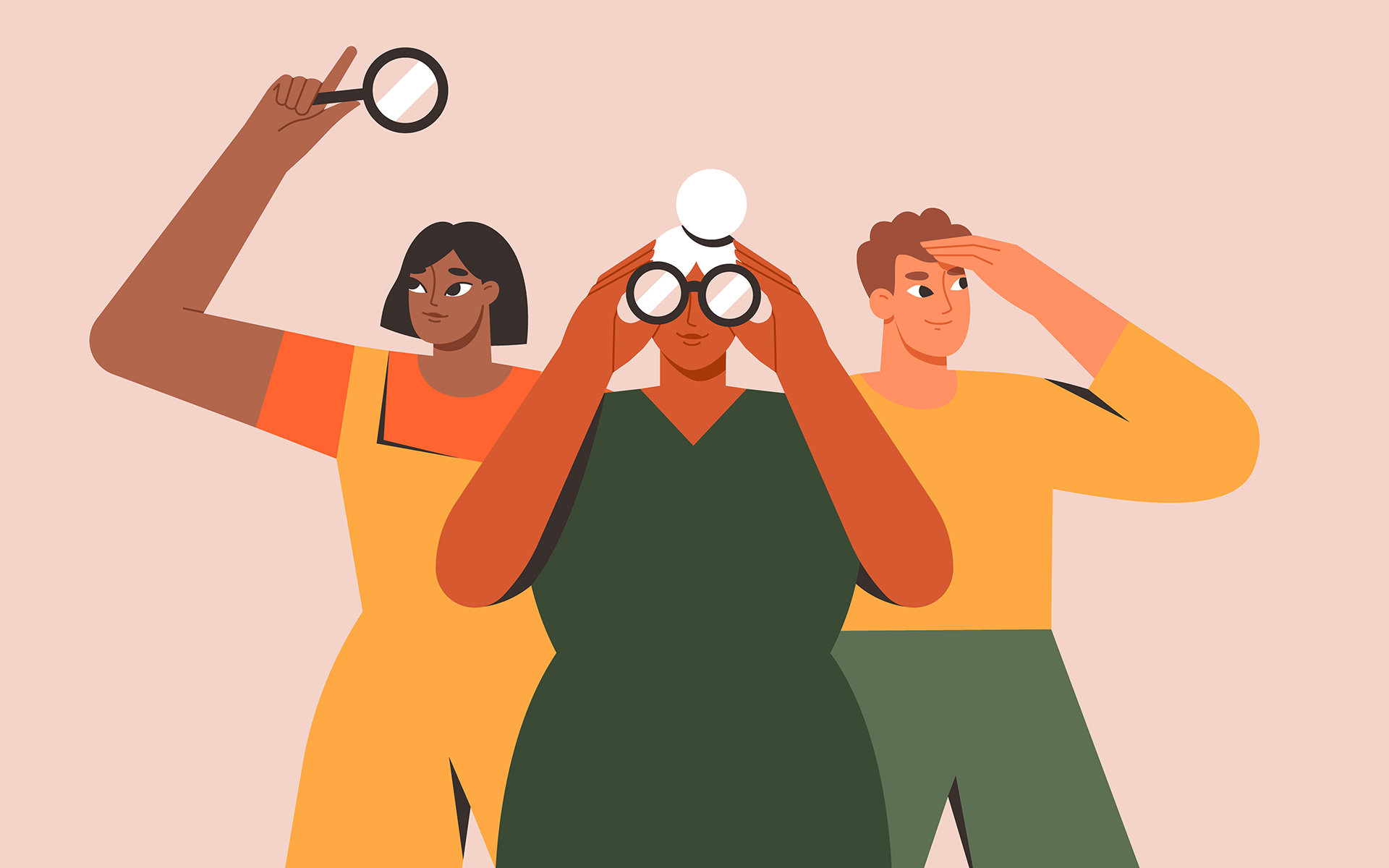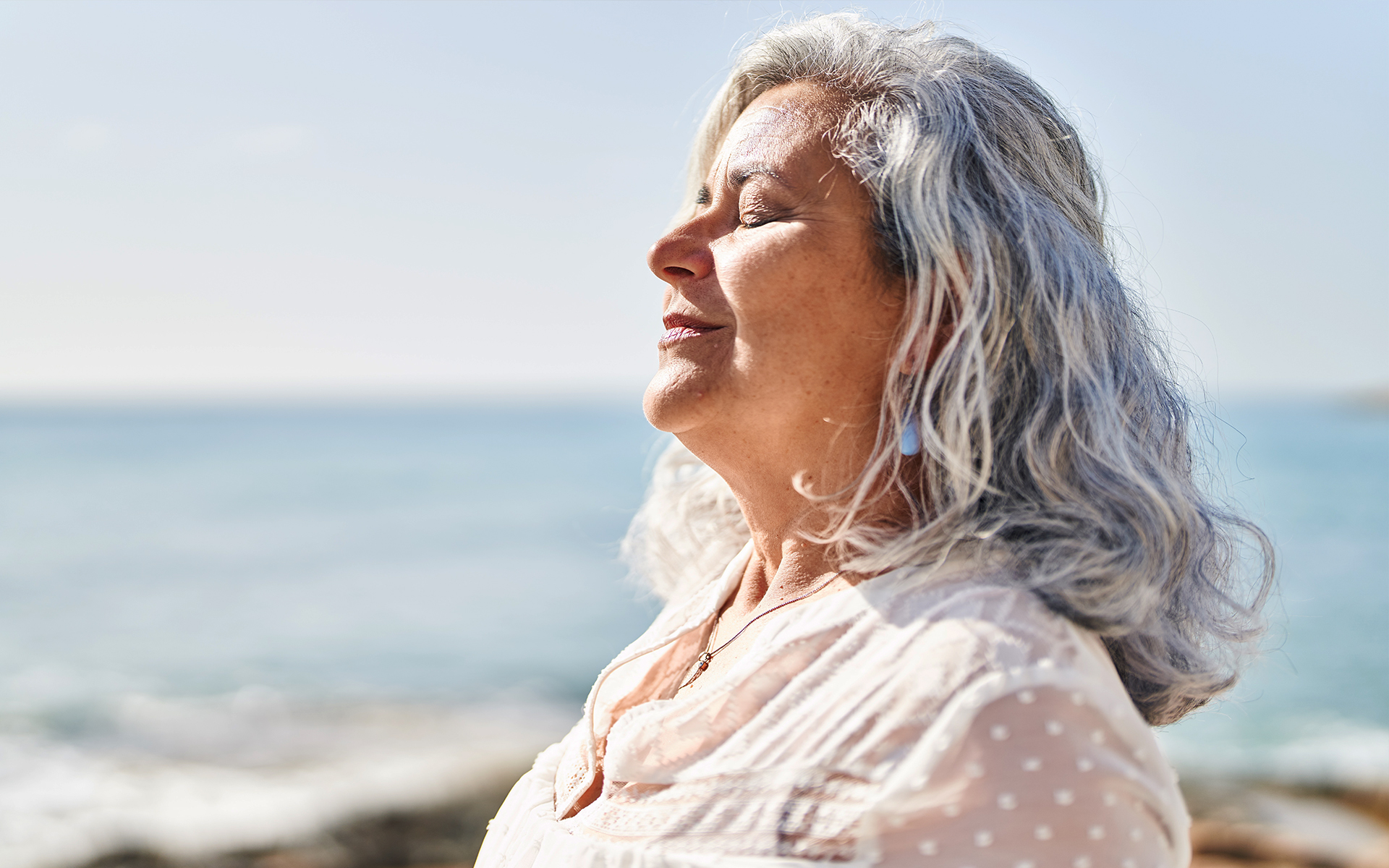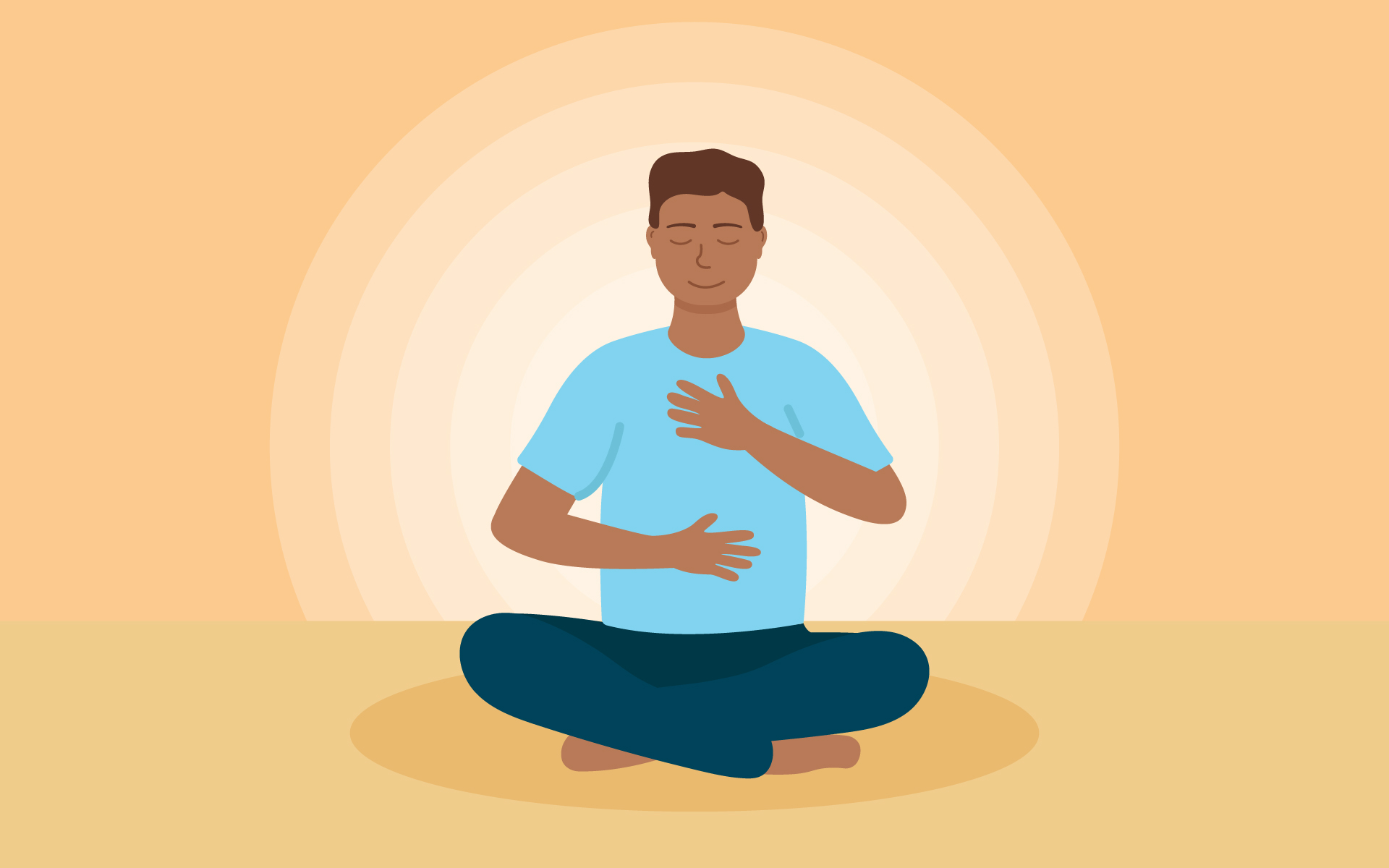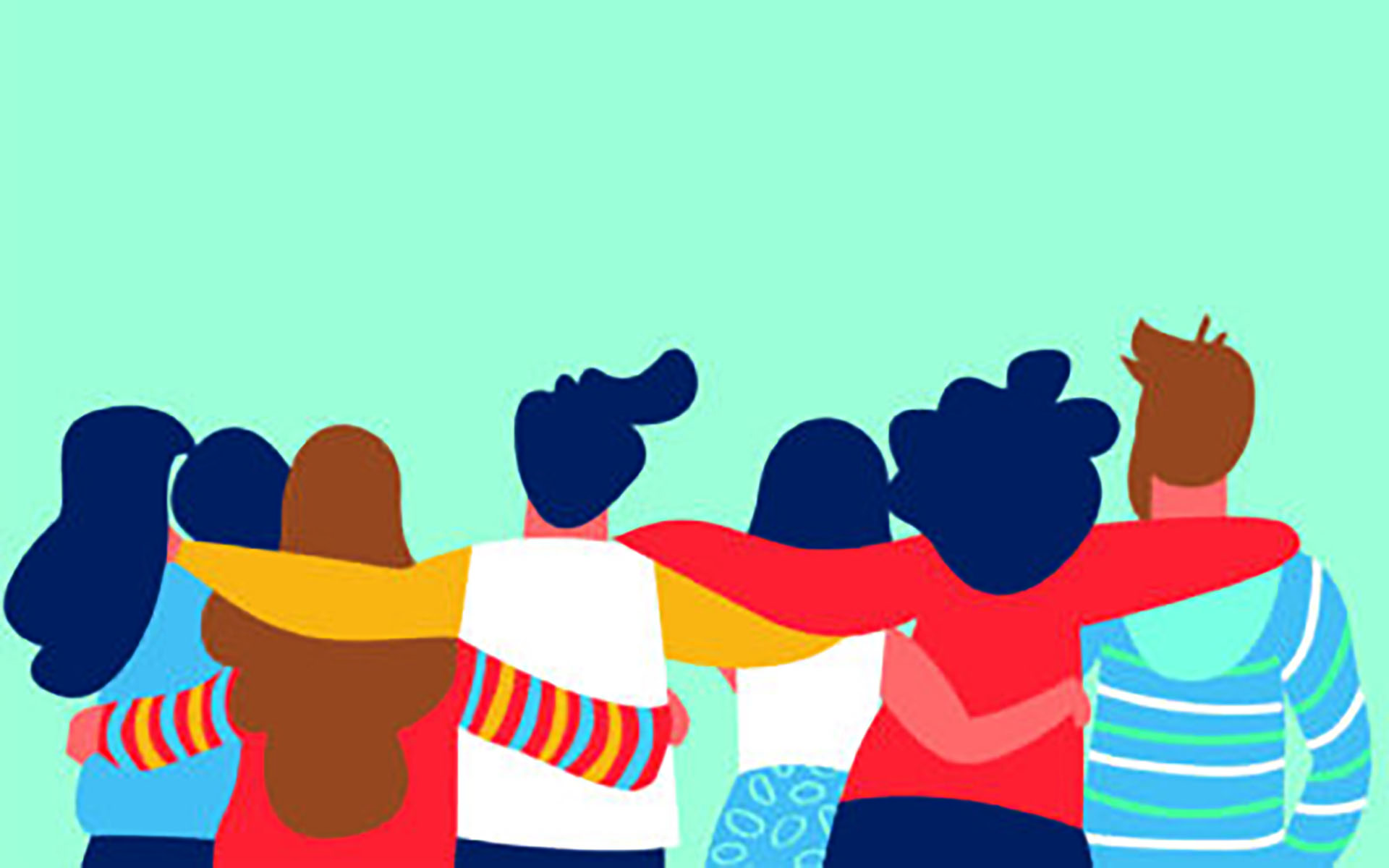At the beginning of every meditation practice that I teach, I offer up a little bit of instruction for the posture, so that you can experience this practice as being as supportive as possible to your body.
A Practice to Cultivate “Don’t Know Mind”
A 12-Minute Meditation to Approach the World With a “Don’t Know Mind”
- I would like to invite you to come to a place that is truly comfortable and supportive to your practice. For some of you, this may mean a seated position on a chair, on a sofa, or even on some cushions on the floor. This might mean standing up, if that’s more supportive to your back and your posture. And for some of you, this may mean lying down on the ground. Please take a moment to come to whatever place is going to feel most compassionate to your body.
- Some of you may want to fully close your eyes for this meditation practice. And others may want to employ what I like to call a “soft gaze,” which is looking down at the ground about two inches in front of the knees or the feet.
- When you’ve settled into a comfortable position, I would love to invite you to take three deep breaths with me. As you’re taking those three deep breaths, you may notice that your body may begin to relax naturally. You may start to feel a little bit more deeply connected to whatever place makes contact with the earth. For some of you that’s going to be your feet, and for others that may be your back. Notice whatever place comes into contact with the earth in this moment.
- Begin to draw your attention and awareness to the connection between your body and the earth. It might feel beneficial at this point to take another deep inhale and exhale here. When you’re finished, return your breath back to a natural cadence and rhythm.
- You may notice the quality of the sound in the room that you’re in. Maybe there are some ambient noises that are coming from inside of wherever you are, whatever building you’re in. Or maybe there are sounds that are coming from outside. Please feel free to make these a part of your practice.
- Begin to draw your awareness to the bottoms of your feet, wherever they are landing on the earth. What do you notice? Does the right foot or the left foot feel slightly heavier than the other? As you notice the difference between the right and the left foot, perhaps you might also become aware of other micro-adjustments inside of your body.
- You may notice that the mind continues to produce thoughts, and that’s OK. The point of a meditation practice is not necessarily to stop thinking the thoughts that you are thinking, but rather to just be aware of the thoughts as they flow through the body and the mind. As you draw your awareness to your thoughts, you can also bring your awareness to the rhythm of your breath as it flows in and out of your body.
- I would like to invite you to bring your attention to the muscles of the belly and notice if they’ve been drawn in a little bit tightly towards the spine. Is it possible to invite a sense of relaxation, and even vulnerability, to the muscles of the belly by allowing them to be soft? Don’t worry, no one is watching. How does it feel when you invite a sense of softness and relaxation to the belly? How does the rest of the body respond?
- While your attention is here, you might begin to imagine a person, place, animal, or object that is deeply familiar to you. Perhaps this animal, person, place, or object reminds you of what it feels like to be home. Can you bring them into the room with you right now?
- Notice if that invitation has an impact on your breath, as it rises and falls from your chest. You might even feel a bit more safe in the space of this practice as you invite the image of what reminds you of being home, of being held.
- What is familiar to you, deeply familiar, about this person, animal, place, or object, that makes you feel as though you really know them? What is the feeling of knowing? What is the feeling of familiarity, and how does it land inside of the body? The invitation is to bring your attention back to the breath anytime that you notice yourself getting caught up in the story.
- Now, bring to mind an image of something that reminds you of what it means to be strong and resilient. Maybe there’s someone who you really look up to, or a place you’ve been that made you feel truly strong and resilient when you were there. Can you bring into your mind’s awareness the embodied sensations of being strong and resilient? Does your body make slight changes and shifts as you recall how this feels?
- Now we’re going to do a little bit of experimenting. Hopefully this will be fun. There’s a term called “don’t know mind” that is sometimes used in meditation to invoke a sense of curiosity.
- What is it like to approach the world with a “don’t know mind?” You may find that this is a bit of a contrast to the feeling of familiarity that we began to explore in the beginning of this practice. The feeling of familiarity is the feeling of, “Oh yes, I know. I know this person. I know this place. I know this animal or this object. They are deeply familiar to me.” Perhaps the way we view things, which are seemingly familiar to us, can begin to shift and change ever so slightly when we apply the pure curiosity of “don’t know mind.” How does that land in the body? This exploration of not knowing, of not being quite certain?
- At this point in your practice, you may notice if there are places in the body that begin to contract when we explore the feeling of “don’t know mind,” and that’s OK. This is the body’s intelligence. Can we unite this exploration of “don’t know mind” with those same sensations of strength and resilience, so that we know that no matter what, when we encounter moments of uncertainty and not-knowing that we have all the strength and resilience inside of our body to meet with that moment? What does it feel like to meet strength and resilience with not-knowing? Can we be truly curious about what arises in our awareness with this practice? Let’s take just a few moments in silence together now and explore the way that this feels.
- When you’re ready please bring your entire body into your mind’s eye and notice the difference between the way the body feels now and the way the body felt when you first entered into this space of practice. Take the time to notice the way the feet feel slightly different in the way they connect to the earth.
- Let’s all take one more deep breath in here.
- When you’re ready, at your own pace and rhythm, please begin to, ever so slowly and gently, open up the eyes, without staring at anything in particular. Allow color and texture to flood back into your mind’s awareness.
- From here we can begin the process of reorienting to the room that we’re in. Gently begin to turn and rotate the head and the neck, and take in the colors and textures of the space you are in. Notice if there’s anything new or different or alive in the space. What has changed since you started this practice?
read more
A 12-Minute Loving-Kindness Practice to Cultivate Curiosity
Our curiosity practice can start with the simplest tools we have at hand—our breath, our body, and our awareness.
Read More
How COVID Reminded Me We’re All Connected
Founding editor Barry Boyce delves into the ever-present balance between personal independence and our natural interdependence, two ways of seeing that touch every aspect of our lives.
Read More
Get to Know Your Monsters: A Playful Mindfulness Practice to Work With Difficult Emotions
Playfulness isn’t only for children. Incorporating some lightness in our mindfulness practice can help us address difficulty. Wendy O’Leary shows us how with this visualization exercise that inspired her new children’s book.
Read More










